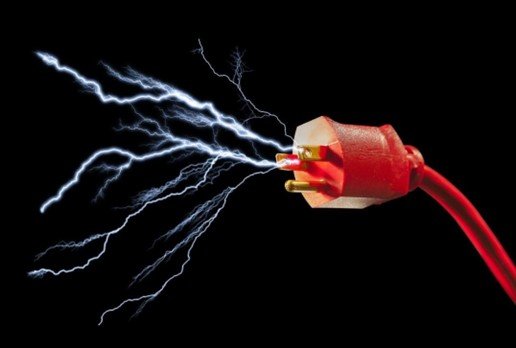
Electric shocks can cause various effects on the human body, ranging from mild discomfort to severe injuries. Whether you’ve experienced a minor shock from a seemingly harmless household appliance or a high-voltage shock in an industrial setting, knowing what it is, how it occurs, and how to respond to it may be very handy in unpredictable situations.
Read on to learn more about the impact of electric shocks on our bodies and learn valuable insights to reduce the risk of such incidents.
Understanding Electric Shock
Electric shock happens when an electric current flows through our bodies. Our bodies react to this, and its damage depends on multiple factors. These include the source of the current, how strong the current was, and the duration of contact.
While we go about our day, we often overlook faulty electrical appliances, household wiring, power lines, lightning, or other electrical sources, which are the things we need to be wary of.
Or else, literally and metaphorically, it may come as a shock.
Effects on the Body
The effects of an electric shock vary, but they often include the following immediate effects:
- Burns: Electric shocks can result in burns, ranging from minor burns to severe deep tissue
- Irregular heartbeat: The electrical disruption caused by the shock can affect the heart’s normal rhythm, leading to irregularities.
- Seizures: In certain cases, electric shocks can trigger seizures, which are sudden and uncontrollable movements or convulsions.
- Tingling or prickling sensations: Many individuals report feeling tingling or prickling sensations during and after an electric shock.
- Loss of consciousness: Severe electric shocks can cause a person to lose consciousness, temporarily disrupting their awareness and responsiveness.
- Headaches: Headaches are a frequent symptom, varying from slight discomfort to more severe pain.
Prolonged exposure to electrical current or contact with high-voltage sources can lead to more severe outcomes, such as heart attack or respiratory arrest.
While some individuals may not have to bear long-term effects from electric shocks, others may manifest both psychological and physical symptoms. These may include:
- Psychological symptoms: post-traumatic stress disorder (PTSD), depression, anxiety, insomnia, panic attacks, and reduced attention span.
- Neurological symptoms: Memory loss, concentration difficulties, tingling sensations, loss of balance, and sciatica.
- Physical symptoms: Pain, fatigue, headaches, night sweats, muscle spasms, stiff joints, and muscle weakness.
What to Do in Case of Electric Shock
Exercising caution is essential when dealing with someone in contact with an electrical source. If it’s safe, turn off the electricity supply. If not, use a non-conductive object such as wood or cardboard to move the source away from the person.
- Immediately contact emergency services and provide them with all the necessary information about the electric shock incident.
- If the person is not breathing or doesn’t have a pulse, initiate CPR
- If the person has burns from the electric shock, refrain from touching the affected area
- Stay with the person and monitor their vital signs until medical help
- Do not administer fluids or medications and leave it to qualified medical professionals to assess the situation accurately.
Having a comprehensive understanding of these effects and knowing the appropriate actions to take in the event of such an incident is vital in ensuring our safety and those around us.
Always good to stay informed!



